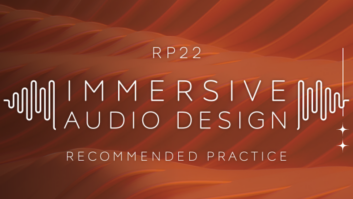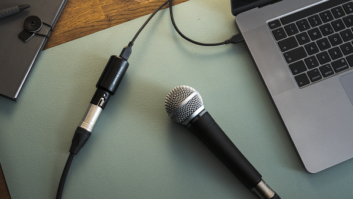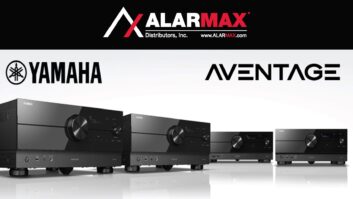Coronado, Calif. — The Professional Audio Retailers Association (PARA) again visited the digital home today, this time with Intel, and turned to its core category: audio.
Bill Leszinske, consumer client marketing/product planning director for Intel’s digital home group, presented his company’s vision of the digital home while a roundtable moderated by David Stollmack, president of DS Consulting, addressed the question: “Where is audio going?”
Leszinske emphasized the Media Center PC and digital media adapters (DMA), whether for audio, video or both, as changing the way consumers enjoy content at home or on the road. “There are three ways consumers are enjoying digital content today, ‘On The Go,’ ‘Sync N Go’ and ‘Burn N Go.’”
A key is downloading content from the Web, whether to a Media Center PC, a home or portable DMA deck, or an MP3 player, or through the growing practice of buying or renting movie downloads online, which allows the “Burn N Go” aspect: putting that content on a CD or DVD.
“Creating standards and interoperability is the key,” Leszinske said. “Intel is working with Microsoft, Sony, Samsung and others to create the critical interoperability of networks,” devices and software, whose rights are protected.
He emphasized, “The latest PC technology provides a seamless experience” for consumers. And Leszinske told PARA, “The opportunities for you in this marketplace are real, as you explore future service [and installation] models and opportunities to extend [features] and services” after the initial sale.
The “Where is audio going?” roundtable, moderated by Stollmack, included Steve Baker, president of Denon Electronics; Phil Abram, home audio/home video marketing VP of Sony; George Liu, founder/president of Audio Visions South; and Gary Yacoubian, president of MyerEmco AudioVideo.
The topic got rolling with the panelists all explaining the passion that drove them into entering the audio business. Liu said, “I got into the business thinking that I could make a living without having to work,” which received a big laugh from an audience that has suffered from a tough component audio business in recent years.
While component audio sales have been down, overall audio sales have been up, thanks to iPod and MP3 players. Sony’s Abram remarked, “There are more options to access audio, with different types of online subscriptions, downloads, podcasts, etc.”
Baker of Denon noted, “More people are listening to music than ever before. The question is how do we tap into that passion into the traditional audio business? How do we attach audio to video sales?”
Suggestions came from the two retailers on the roundtable. MyerEmco’s Yacoubian said, “We saw that the art of the controlled demo was dying, due to emphasis on video sales and custom installations, where we sell in the customers’ homes.” MyerEmco put an emphasis on audio demos in their store, training its people, upgrading equipment and testing their sales people, often demonstrating performance audio systems to customers who came in only for flat-panel TVs.
“In 2003 we started with audio sales going down 8 percent. We started our program and audio sales were up 10 percent and they are up again so far this year, so our program is working,” Yacoubian noted.
Liu said that better performance audio systems “must be shown with flat-panel TVs to show what the consumer is missing.” But he emphasized, “Selling performance audio is really missionary work. You now see that [major chains] may try to do the same things that we have always done, but we must really push good, quality sound. The big guys won’t do it.”
He added, “It takes zeal to sell performance audio. If you need to demonstrate iPods in your stores … a Media Center PC … $5 bills on the floor to get people into your stores to hear the difference, then do it! You must give consumers a variety of demonstrations that are scripted, to get the kind of response you want and to let consumers know what they are missing.”
Stollmack pushed that retailers should have iPods, Media Center PCs and video game systems in their stores if for nothing else than to demonstrate what these products sound like with a good audio system and to show that they are on top of the latest technology.
Yacoubian added that when demonstrating audio to a consumer, “See what they like and sell the experience.”













